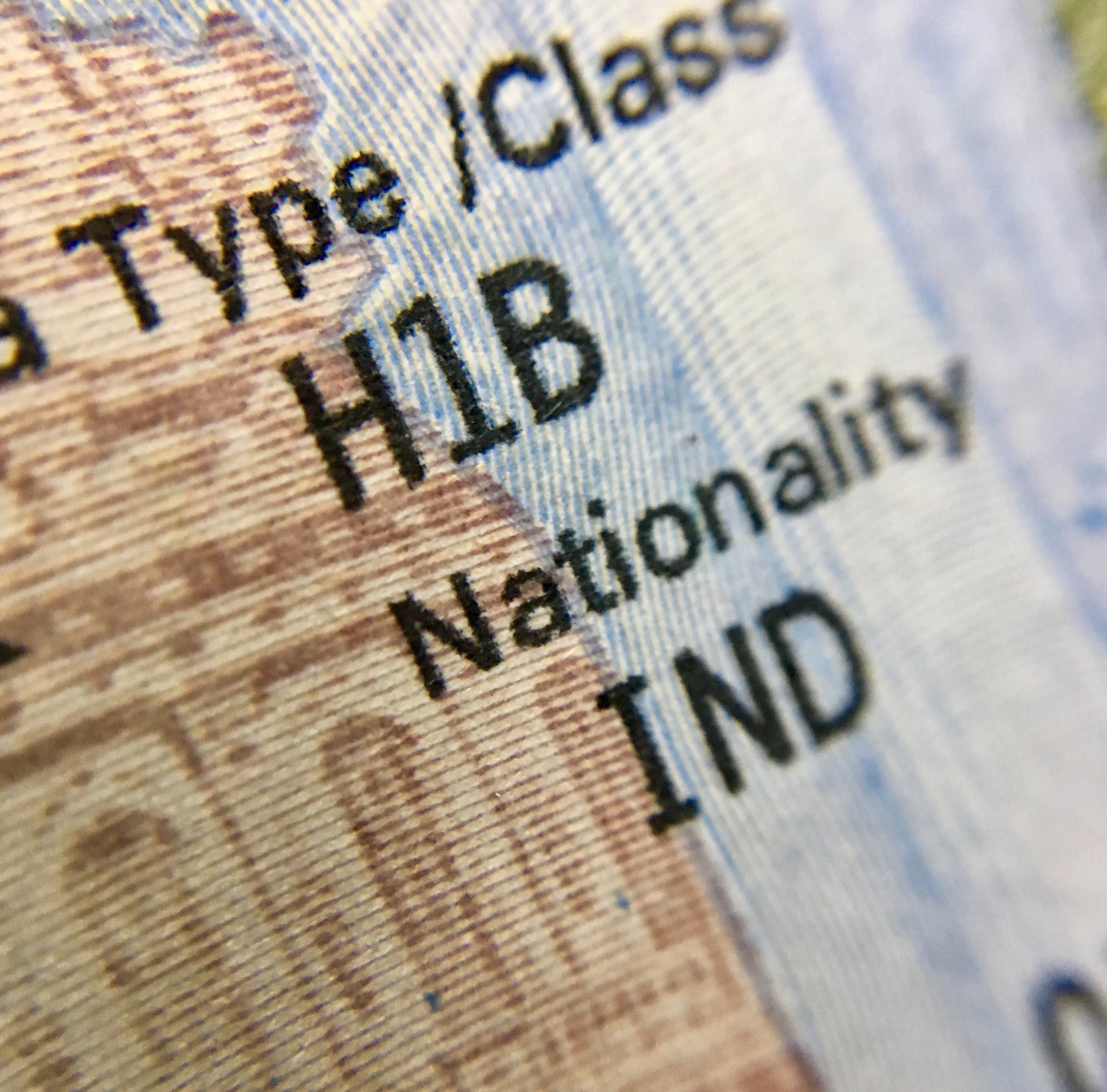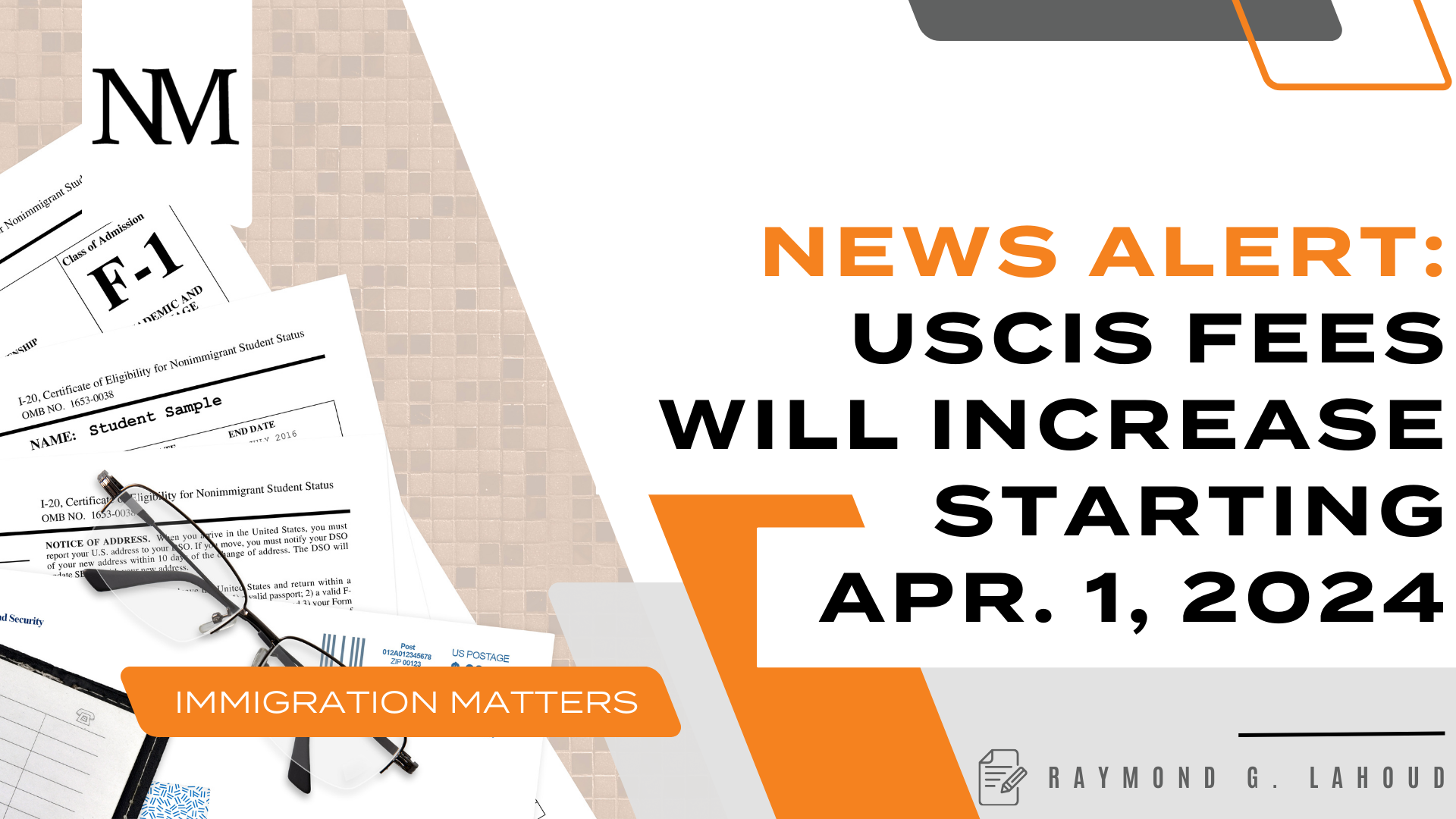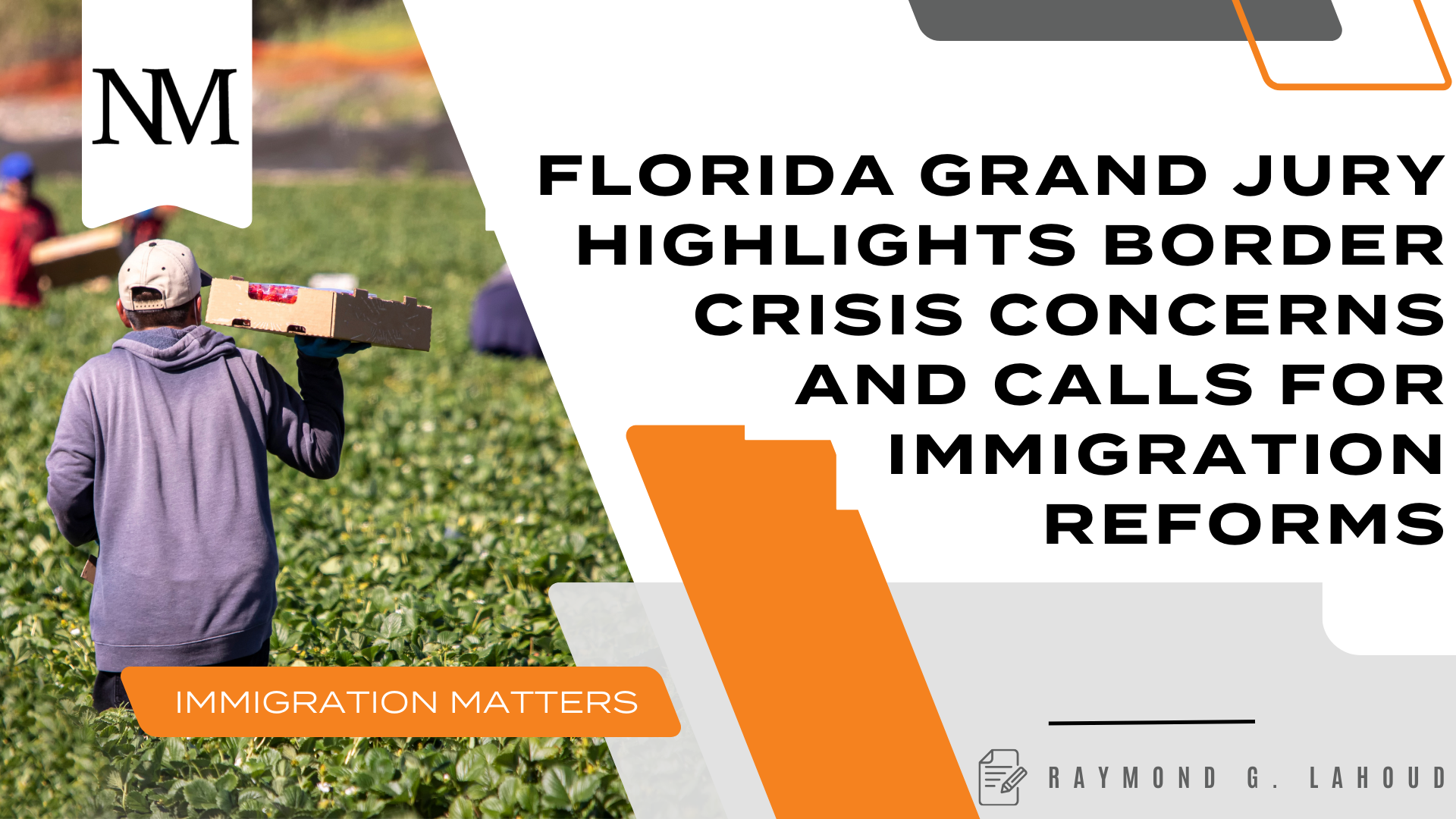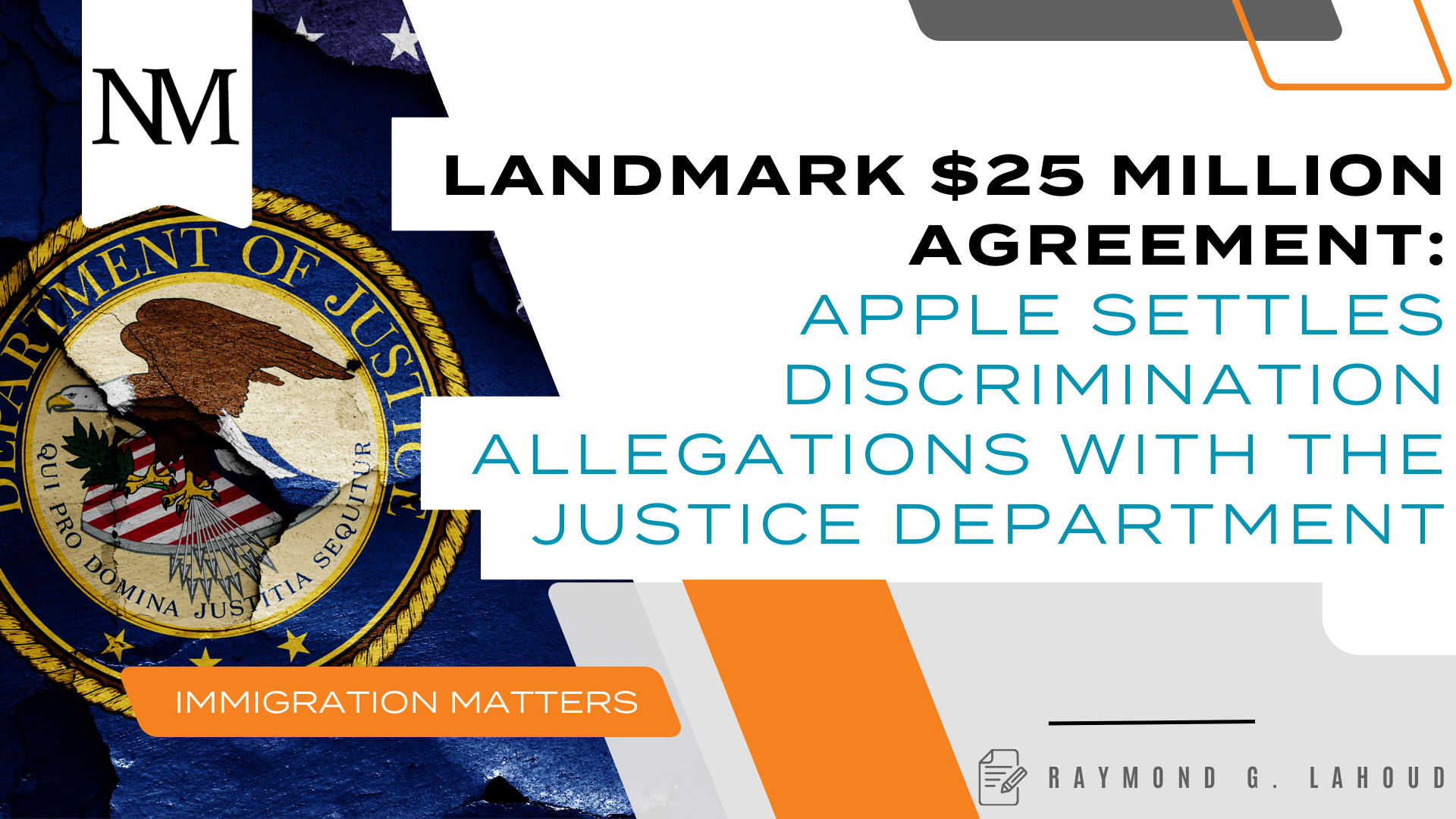H-4 Visa Spouses Can Continue to Work With Relief Under Biden Administration

The Biden administration announced that it will not strike the H-4 EAD (Employment Authorization Document) rule, which allows spouses of H-1B visa holders to work in the United States if they meet certain conditions. This is a great relief for almost 100,000 H-4 spouses. The United States Citizenship and Immigration Services (USCIS) stated on February 10 that the proposed legislation (a ban on the H-4 EAD rule) had been withdrawn “consistent with administration priorities.”
“This is a huge sigh of relief for tens of thousands of H-1B workers and their family members,” said Sarah Pierce, an immigration policy analyst at the non-partisan Migration Policy Institute. “These families have lived for four years with constant threat of having their ability to make a living revoked.”
History of the H-4 EAD Rule
In 2015, the Obama administration passed a rule that gave H-4 visa holders the right to work in any field if their spouses, H-1B visa holders, had an approved immigrant worker petition (i.e., be on track for green card processing). In 2017, the Trump administration proposed the ban on the H-4 EAD rule but delayed finalizing the ban. The Information Technology Industry Council, which represents big tech companies, as well as the U.S. Chamber of Commerce, the National Association of Manufacturers, and Outsourcers continued to support work permits for H-4 visa holders.
The fate of the H-4 EAD rule was never finally decided during the Trump administration. Now, the Biden administration has revoked the legislation to ban the rule.
Why the H-4 EAD Rule Is Important to H-4 Visa Holders
The H-4 visa is the dependent spouse category for H-1B visas. Many H-1B visa holders are from India and China. Even though H-1B visa holders have an approved immigrant visa petition and are on track for a green card, they face prolonged delays caused by the per-country limit in approving green card applications. Some immigration analysts predict the wait for a green card to be somewhere from a decade to more than 100 years.
Due to the prolonged delays, H-4 visa holders from India and China must wait without work authorization for many years. When the Obama administration passed the H-4 EAD rule, H-4 visa holders could, for the first time, work in any field in the United States. Therefore, without this rule, many H-4 visa holders would be forced to await green card approval without the ability to work legally in the U.S.
H-4 EAD Litigation
Uncertainty continues for H-4 EAD visa holders as federal litigation remains pending. Save Jobs USA, a group of American tech workers from California, filed a lawsuit alleging that H-1B and H-4 visa holders unfairly compete against U.S. workers and thereby should not be allowed to work. The uncertainty of the Trump administration’s plans to revoke the H-4 EAD rule led to prolonged delays in litigation.
Due to the change in administration and relating policies, Judge Chutkan from the United States District of Columbia, on February 2, 2021, ordered a joint status report from both parties. She awaits the report on the issues, whether the current dispute has been mooted or will be mooted, whether the parties wish to stay this action for any reason, or whether the parties agree to continue the litigation as anticipated. It will be interesting to see the course this litigation takes in the months to come.
To learn more about this blog post or if you have any other immigration concerns, please feel free to contact me at rglahoud@norris-law.com or (484) 544-0022.




